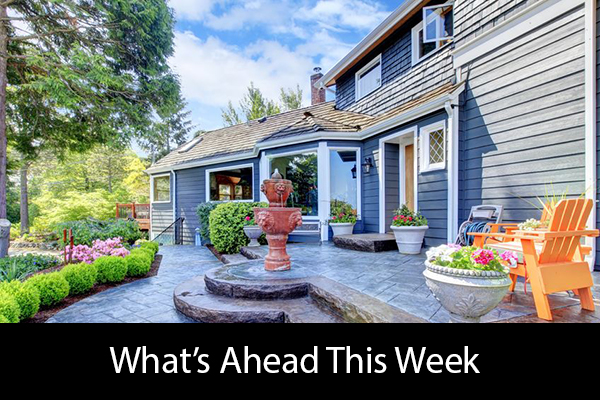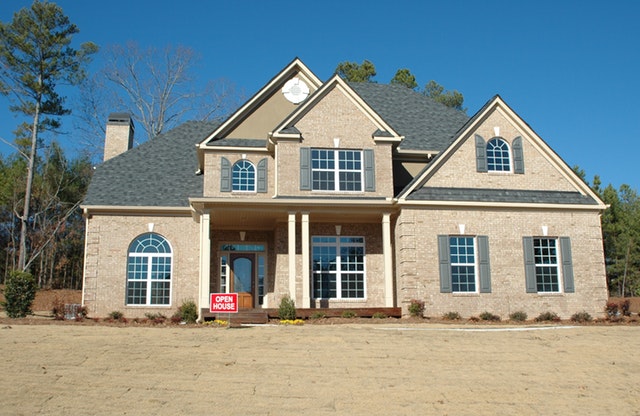 When you are looking to purchase a home, you might be looking for a place for you and your family to live. It might surprise you to learn that not everyone who is looking for a house is necessarily in search of a place to live.
When you are looking to purchase a home, you might be looking for a place for you and your family to live. It might surprise you to learn that not everyone who is looking for a house is necessarily in search of a place to live.
Real estate is also a great way for someone to grow wealth. Furthermore, real estate is actually one of the most common ways that people become millionaires.
Some of the active ways that people invest in real estate include flipping houses and renting out property. This can be time-consuming and isn’t right for everyone.
If you are looking for a way to make money in real estate without flipping houses or looking for tenants, passive real estate investing might be the answer.
An Overview Of Passive Real Estate Investing
While passive is the opposite of active in this scenario, passive real estate investing does not mean that you won’t have to do anything. There is still work to be done.
When you invest in a passive manner, this means that you aren’t playing an active role in the growth of the asset, which is property in this example.
One example of passive investing is the stock market. You need to make sure that you do your homework before you start throwing money at the real estate market.
There is a serious time commitment that comes with passive real estate investing. You will also need to monitor the property values to make sure your investment is generating a solid return.
Ways To Get Involved In Passive Real Estate Investing
There are a few common ways that you can start investing in real estate, in a passive manner.
First, one of the most common ways is through the stock market. There are businesses that make their money by investing in the real estate market for you. You can buy shares of these companies who then invest your money in real estate.
Alternatively, you can also set up a partnership with an active investor. You might own the properties and then pay the active investor to rent them out to someone else.
Finally, there is also real estate crowdfunding that has come on the scene. Those looking to invest smaller amounts of money might be interested in this method which pools smaller investments together to invest in much larger real estate projects.
It’s important to talk with your trusted local real estate and mortgage professionals to get the best information for your personal situation.
 Remodeling is a common project that homeowners take on. If you are looking to remodel your home, it is important to keep in mind that this involves more than just improving your living area. If you remodel your home, you might also be expecting to generate a return on your investment.
Remodeling is a common project that homeowners take on. If you are looking to remodel your home, it is important to keep in mind that this involves more than just improving your living area. If you remodel your home, you might also be expecting to generate a return on your investment.  Electricity plays an important role in your home. It helps keep you warm, allows you to cook meals, and brightens up the interior of your house. At the same time, electricity is a common hazard.
Electricity plays an important role in your home. It helps keep you warm, allows you to cook meals, and brightens up the interior of your house. At the same time, electricity is a common hazard. Last week’s economic news included readings on sales of new and previously-owned homes and consumer sentiment. Weekly readings on mortgage rates and first-time jobless claims were also released.
Last week’s economic news included readings on sales of new and previously-owned homes and consumer sentiment. Weekly readings on mortgage rates and first-time jobless claims were also released. If you happen to want to move to a hot market for home sellers, here is some advice. Go looking for a home to buy when it is freezing outside or the weather is otherwise severe. Buying a home is both about finding one you like and beating out others if the market has buying competition.
If you happen to want to move to a hot market for home sellers, here is some advice. Go looking for a home to buy when it is freezing outside or the weather is otherwise severe. Buying a home is both about finding one you like and beating out others if the market has buying competition.  Recent medical school graduates, saddled by high student loan debt, sometimes have a hard time qualifying for a first mortgage. Now, however, a growing number of lenders will consider future earnings potential of high earners in the medical profession as a way to offset high debt ratios. But specialty mortgages for young physicians aren’t the only unique loans available today.
Recent medical school graduates, saddled by high student loan debt, sometimes have a hard time qualifying for a first mortgage. Now, however, a growing number of lenders will consider future earnings potential of high earners in the medical profession as a way to offset high debt ratios. But specialty mortgages for young physicians aren’t the only unique loans available today.